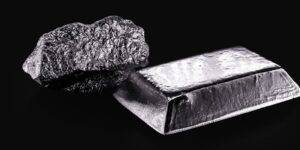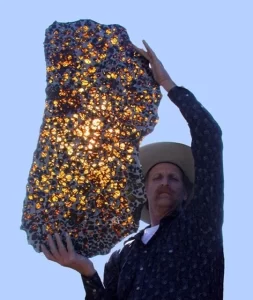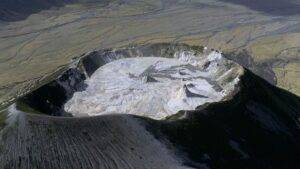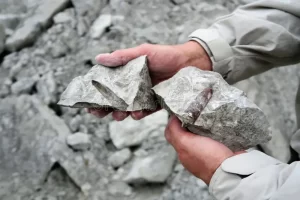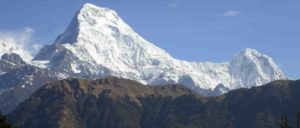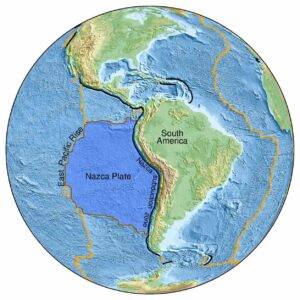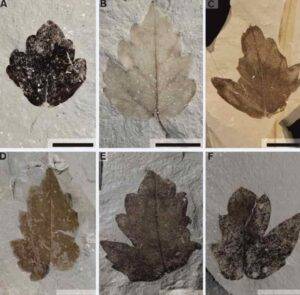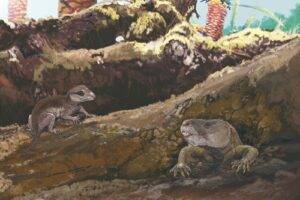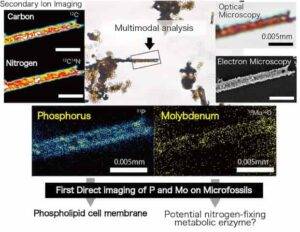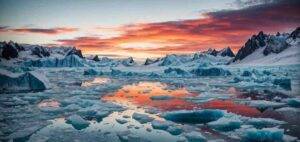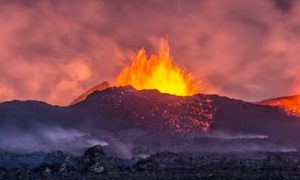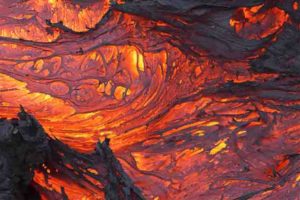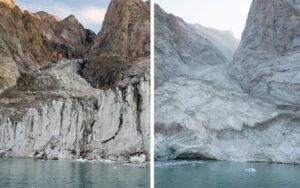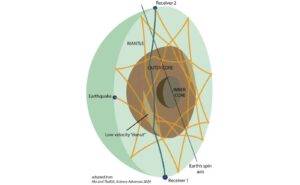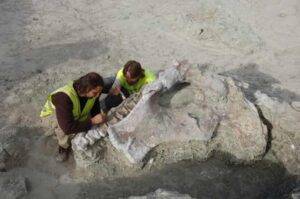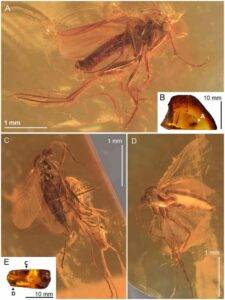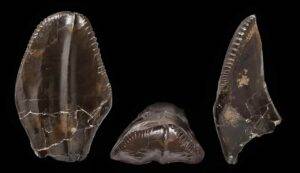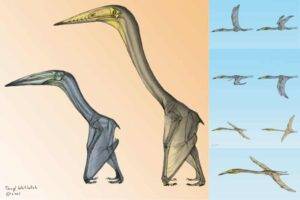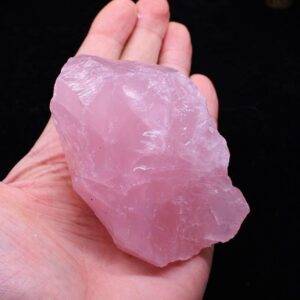
Introduction to Rose Quartz
Rose Quartz is one of the most popular varieties of quartz, recognized for its soft pink hue that ranges from pale blush to a deeper rosy shade. As a member of the quartz family, Rose Quartz stands out for its aesthetic appeal and widespread availability, often used in decorative and industrial applications. This pink gemstone has captivated geologists, gemologists, and collectors for centuries due to its beauty and unique properties.
In this article, we will examine the geological aspects of Rose Quartz, from its formation and mineral composition to its key properties and modern uses.
Geological Formation of Rose Quartz
Rose Quartz, like other forms of quartz, is a silicon dioxide (SiO2) mineral that forms through a variety of geological processes. It typically forms in pegmatites, which are coarse-grained igneous rocks that form during the final stages of magma crystallization. Pegmatites often contain large crystals of quartz, feldspar, and mica, and provide the perfect environment for Rose Quartz to develop.
The Role of Trace Elements in Rose Quartz Color
The distinct pink coloration of Rose Quartz is attributed to trace amounts of titanium, iron, or manganese within the crystal structure. These elements become incorporated into the quartz during its formation, influencing the final hue of the gemstone. Recent studies also suggest that microscopic inclusions of fibrous minerals, such as dumortierite, may contribute to the cloudiness and unique pink color of some Rose Quartz specimens.
Physical and Chemical Properties of Rose Quartz
Rose Quartz shares the same fundamental properties as all members of the quartz family, which is composed of silicon and oxygen in a continuous framework of SiO4 silicon-oxygen tetrahedra.
Chemical Composition and Crystal Structure
- Chemical Formula: SiO₂ (Silicon Dioxide)
- Crystal System: Trigonal
- Hardness: 7 on the Mohs scale
- Density: 2.65 g/cm³
- Luster: Vitreous to greasy
- Cleavage: None (Quartz has conchoidal fracture)
Rose Quartz does not typically form in well-defined crystals like other quartz varieties (e.g., amethyst). Instead, it often occurs in massive form, with the pink coloration being distributed evenly throughout the mineral. Its transparency can range from transparent to translucent, with some specimens appearing more milky due to internal fractures and inclusions.
Durability and Weather Resistance
Quartz, including Rose Quartz, is highly durable, with a hardness of 7 on the Mohs scale, which makes it resistant to scratching and abrasion. This durability makes it suitable for various industrial applications, from construction materials to electronics. Additionally, Rose Quartz, like all quartz, is chemically stable, resisting weathering and most forms of chemical erosion.
Where Rose Quartz Is Found
Rose Quartz is found in a number of regions worldwide, particularly in large pegmatite deposits. Some of the most significant sources include:
- Brazil: Brazil is one of the largest producers of Rose Quartz, with major deposits located in the states of Minas Gerais and Bahia. Brazilian Rose Quartz is known for its transparency and uniform color.
- Madagascar: Another important source, Madagascar produces high-quality Rose Quartz with a more intense pink hue.
- South Dakota, USA: The Black Hills region of South Dakota is renowned for its Rose Quartz deposits, where the stone is often found in pegmatite veins.
- India: India is also home to significant Rose Quartz deposits, particularly in the states of Karnataka and Tamil Nadu.
- South Africa: South Africa contributes to the global supply of Rose Quartz, often producing lighter-colored varieties.
Uses of Rose Quartz in Industry and Manufacturing
While Rose Quartz is primarily admired for its aesthetic qualities, it also serves important roles in various industries due to its physical properties.
Jewelry and Ornamental Uses
Rose Quartz is most commonly used in jewelry and as ornamental stones due to its appealing color and ability to be cut and polished into cabochons, beads, and other decorative pieces. Its relatively low cost, compared to other gemstones like diamonds or sapphires, makes it a popular choice for both fine and costume jewelry. Sculptors and artisans also use large masses of Rose Quartz to create carvings, statues, and decorative objects.
Construction and Architectural Uses
Quartz, including Rose Quartz, is often used in the construction industry for its durability and resistance to weathering. Crushed quartz is used in concrete, road construction, and as aggregate in various building materials. Additionally, quartz sand, which may include traces of Rose Quartz, is essential for producing glass, ceramics, and silicon-based materials used in electronics.
The Role of Quartz in Electronics
Quartz crystals have unique piezoelectric properties, meaning they generate an electrical charge when mechanical pressure is applied. This makes quartz essential for use in electronic components, particularly in oscillators, watches, and communication devices. While pure quartz crystals are typically preferred for these applications, the widespread use of quartz highlights the importance of the mineral in modern technology.
Rose Quartz in Geology and Gemology
In both geology and gemology, Rose Quartz holds significance for its formation process and its distinct color, which offers insight into the geological environments where it forms. Rose Quartz’s common association with pegmatites and hydrothermal veins points to the importance of these geological structures in mineral formation.
Gemological Classification
From a gemological perspective, Rose Quartz is classified as a semi-precious stone due to its abundance and affordability compared to other gemstones like emeralds or rubies. While its pink hue makes it highly desirable for decorative purposes, Rose Quartz’s massive form and lack of crystal points mean that it is often shaped into cabochons or beads rather than faceted gems. The rarity of faceted Rose Quartz pieces makes them particularly prized by collectors.
Varieties of Rose Quartz
There are a few notable variations within Rose Quartz that are of interest to collectors and gemologists.
- Star Rose Quartz: A rare variety of Rose Quartz that exhibits asterism, or a star-like pattern, when light hits it. This phenomenon occurs due to needle-like inclusions of minerals such as rutile, which reflect light in a specific pattern.
- Transparent Rose Quartz: Though most Rose Quartz is cloudy, transparent specimens are occasionally found. These pieces are often considered more valuable due to their rarity.
- Milky Rose Quartz: A more opaque variety of Rose Quartz with a softer, milky appearance, which results from a higher density of internal fractures and inclusions.
Synthetic and Imitation Rose Quartz
As demand for gemstones increases, synthetic quartz, including Rose Quartz, is produced in laboratories for industrial use. These synthetic versions are chemically identical to natural quartz but are often purer and free of the inclusions that give natural Rose Quartz its cloudy or milky appearance.
Imitation Rose Quartz is also found in the market, typically made from dyed glass or other artificial materials designed to mimic the appearance of the natural gemstone. Buyers should be aware of these imitations, particularly when purchasing jewelry or high-quality decorative items.
Conclusion: Rose Quartz in Geology and Beyond
Rose Quartz is much more than just a beautiful pink stone; it is a geological marvel with a rich history and a wide range of applications. Its formation process, driven by the presence of trace elements and unique geological conditions, makes it a fascinating subject for geologists and gemologists alike. Whether adorning jewelry, decorating spaces, or serving practical roles in construction and technology, Rose Quartz continues to captivate for both its beauty and its versatility.
As science continues to explore the depths of Earth’s geological formations, Rose Quartz remains a symbol of the complexity and beauty found in nature.
FAQs: Frequently Asked Questions About Rose Quartz
What gives Rose Quartz its pink color?
The pink color of Rose Quartz is typically caused by trace amounts of titanium, iron, or manganese within the mineral’s structure. Recent studies suggest that inclusions of microscopic fibrous minerals like dumortierite may also play a role.
Where is Rose Quartz commonly found?
Rose Quartz is commonly found in pegmatite deposits across Brazil, Madagascar, the USA (South Dakota), India, and South Africa.
How is Rose Quartz used in industry?
Apart from its use in jewelry, Rose Quartz is used in the construction industry for concrete and road materials. Quartz is also vital in electronics due to its piezoelectric properties.
What is Star Rose Quartz?
Star Rose Quartz is a rare variety of Rose Quartz that exhibits asterism, a star-like effect on the surface of the stone caused by mineral inclusions reflecting light.
Can Rose Quartz form in crystal points?
While most Rose Quartz forms in massive shapes, it rarely forms in crystal points, making those rare specimens highly prized by collectors.
Is there synthetic Rose Quartz?
Yes, synthetic Rose Quartz is produced in laboratories for industrial applications. These synthetics are chemically identical to natural quartz but often have fewer inclusions.


